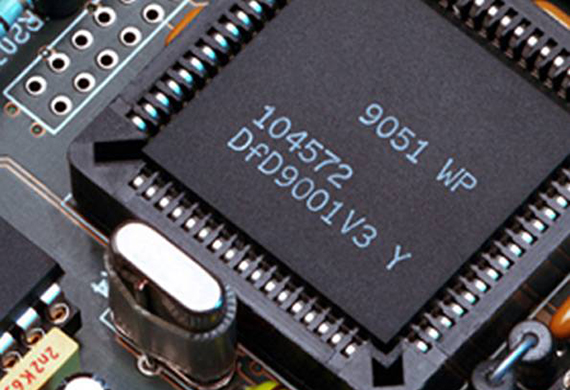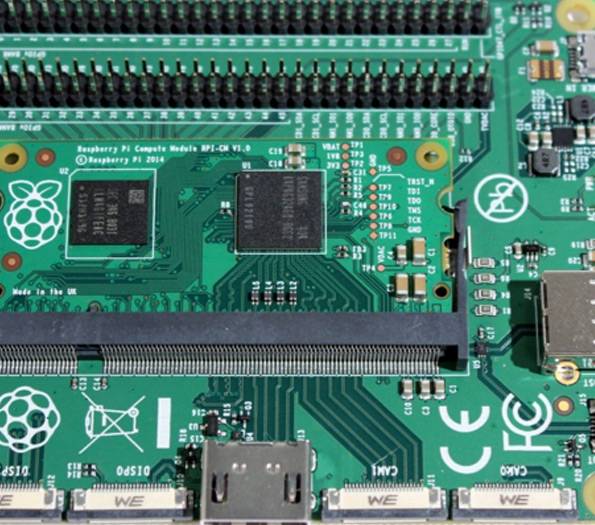
However, the performance requirements for chips in the industrial field are much higher than those for civilian use. With the advent of the industrial Internet of Things era, on the basis of the original performance, the integration, power consumption and low The requirements for indicators such as latency are higher. It can be said that the design and manufacturing level of industrial chips is the real touchstone for measuring a country's overall semiconductor strength.
Industry is the most important pillar industry for every country. If the overall industrial level is not improved, the country's comprehensive national strength and international influence will definitely not be enough. Chips are also called "industrial grains", which are various The core part of industrial equipment, its importance can be imagined. In today's complex and ever-changing international trade, if there is no high-level industrial chip design and production capacity, it is likely to be controlled by others, thus threatening the security of a country's overall industrial system. Therefore, the autonomy level of core industrial chips must be improved.

The industrial applications mentioned here are not just the equipment and machines in factories and workshops, but industrial scenarios in a broad sense, including: factory automation and control systems, motor drives, lighting, test and measurement, power and energy and other traditional industries fields, as well as medical electronics, automotive, industrial transportation, building automation, displays and digital signage, electronic point of sale (EPOS), smart cities, etc.
Due to the wide range of applications involved, there are many types of industrial chips, including: processors, sensors, memories, communications, amplifiers, clocks and timers, data converters, interface and isolation chips, as well as power, power management, motor Drivers, wireless connectivity, RF devices, etc.
